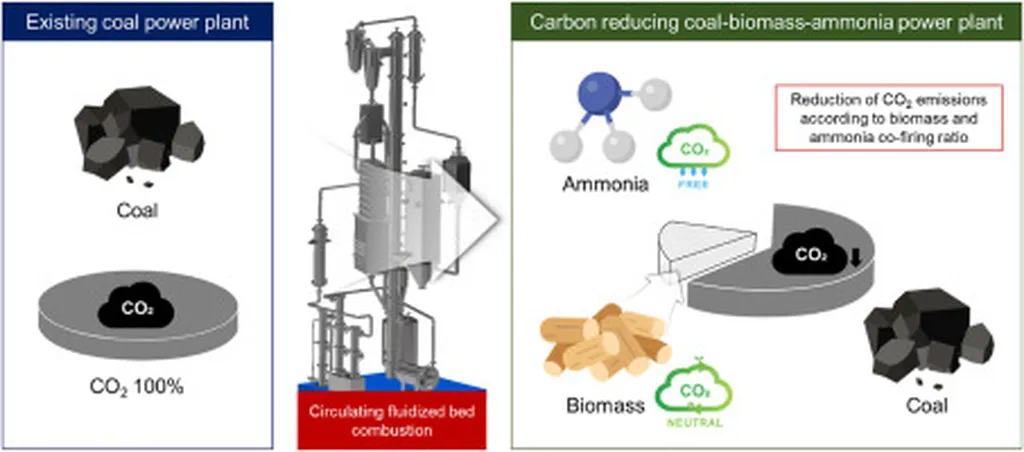In the quest to decarbonize power generation, ammonia co-firing with biomass has emerged as a promising strategy. However, optimizing this process requires precise temperature monitoring, a challenge exacerbated by the complex radiation properties of biomass and the understudied impact of ammonia. New research led by Liu Huixin from the Yanzhao Electric Power Laboratory of North China Electric Power University sheds light on these issues, offering a path to more accurate and efficient biomass-ammonia co-firing.
The study, published in the journal *Fuel Processing Technology* (translated as *Fuel Processing Technology*), systematically investigates how ammonia concentration affects the spectral emissivity of burning rice husk particles during different combustion phases. Spectral emissivity, a measure of an object’s ability to emit infrared energy, is crucial for accurate temperature measurement.
Liu and his team found that ammonia significantly alters the spectral emissivity of biomass during both volatile and char combustion phases. “We observed that ammonia lowers the spectral emissivity for both combustion phases,” Liu explained. “However, the behavior differs: for volatile combustion, emissivity decreases with wavelength, while for char combustion, it increases.”
This distinction is critical for RGB pyrometry, a temperature measurement technique that relies on the emissivity ratio at specific wavelengths. The researchers developed a spectrally-guided RGB pyrometry method that corrects the substantial temperature overestimation inherent in the traditional gray-body assumption, particularly at higher ammonia concentrations.
The implications for the energy sector are substantial. Accurate temperature monitoring is essential for optimizing combustion efficiency and minimizing emissions. “Our findings provide fundamental data and a robust diagnostic method for enabling accurate modeling, optimization, and control of biomass-ammonia co-firing processes,” Liu said.
As the energy sector increasingly turns to ammonia co-firing to reduce carbon emissions, this research offers valuable insights and tools. By improving the accuracy of temperature measurements, it paves the way for more efficient and cleaner power generation.
The study not only advances our understanding of biomass combustion but also equips engineers and researchers with practical methods to enhance the performance of biomass-ammonia co-firing systems. As the world seeks to transition to greener energy sources, such advancements are invaluable.
In the words of Liu, “This work is a step towards making ammonia co-firing a more viable and efficient strategy for decarbonizing power generation.” With the energy sector under increasing pressure to reduce emissions, this research offers a timely and impactful contribution.

